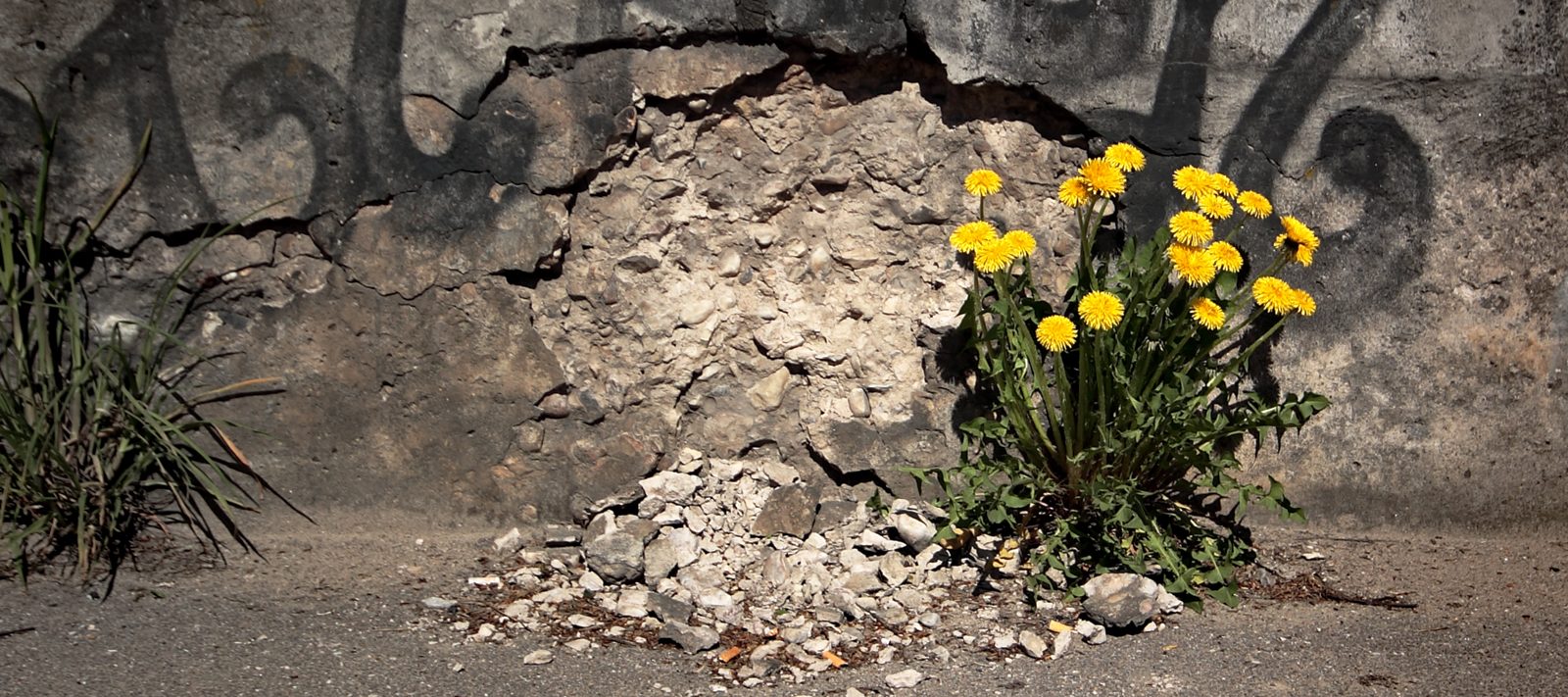Tending The Wild
Native peoples played a major role in the maintenance and enhancement of biological diversity by introducing disturbances that created and maintained mosaics of different vegetation types. These disturbances, caused mainly by burning, were carried out specifically to maintain populations of plants that were gathered for food, cordage, basketry, and other uses and to enhance their quality. Thus traditional gathering, practiced holistically as both gathering and management, has the potential to promote biodiversity and restore communities to their formerly more heterogeneous conditions.
In her book Tending the Wild, M. Kat Anderson has painted a very different picture of indigenous peoples than most civilized people could even begin to fathom. She begins by taking us through the history of California and its Native peoples. Using accounts of explorers, missionaries, pioneers and anthropologists she shows how those of our culture came to California with no understanding or lens with which to understand native land management. Rather, like everywhere else, civilization saw resources to extract, came and conquered California and her people. With California’s wildlife & Native cultures now decimated, newer research has shown that Native land management actually contributed to enhancing the biological diversity and abundance of life. Anderson argues that if we wish to restore our mutual relationship with nature, we must learn these ancient management techniques and implement them immediately. Although she uses only California Natives to back her thesis, we can witness these same principles among indigenous cultures the world over. This book works not only as a history of indigenous horticulture in California, but mostly as a beginners manual for those who seek to understand more about sustainable, indigenous land management. This book rocked my world. Don’t miss out, buy it now!
Click the pic to buy the book!


Nice summary of Kat Anderson’s work.
I agree with feralk., thanks for popularizing this important book. I has the opportunity to see her speak last year in Pt Reyes, CA, and she gave a wonderful presentation – but the audience really came alive for her Q&A, in which she called for a new ethnoecology that is comprised of learning from and applying indigenous wisdom.
Pingback: Book Review: “Forgotten Fires” | The Rewild Frontier With Urban Scout